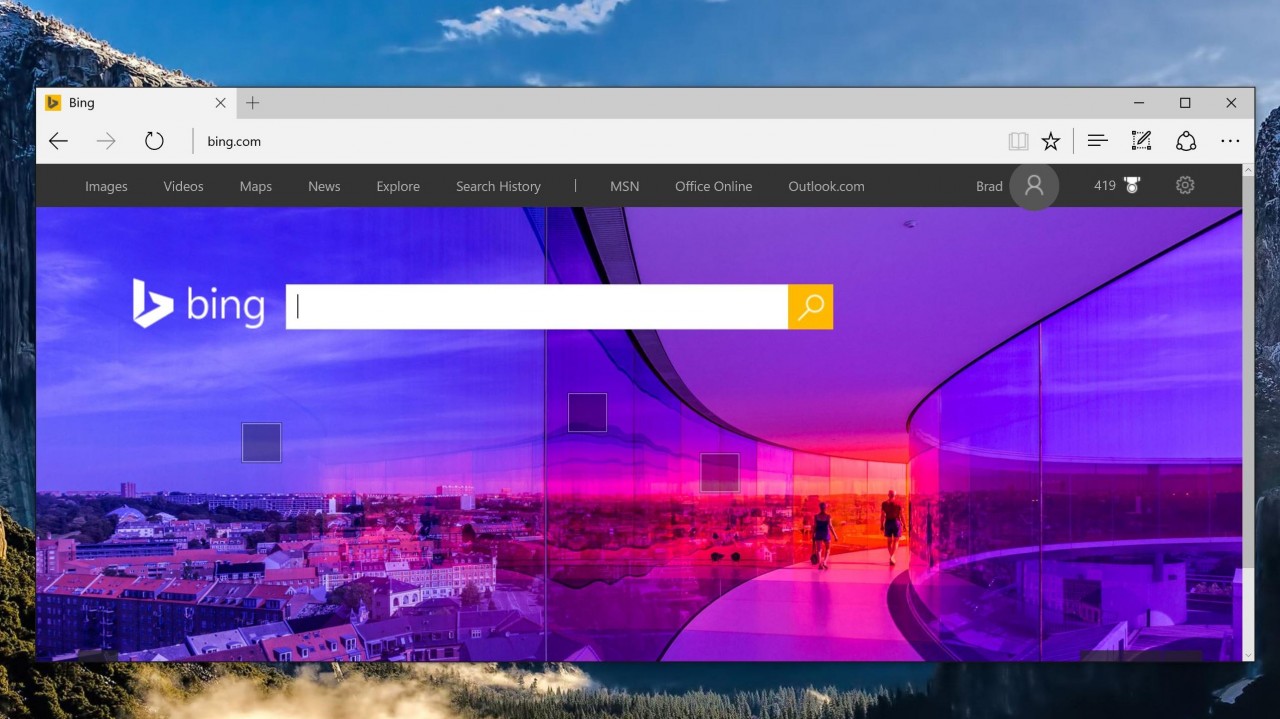Microsoft Outlines Edge Development Objectives For 2016
Microsoft’s Edge browser is new with Windows 10, and the company is outlining their development objectives for 2016. The new plans include improvements to accessibility, fundamentals, future of the web, and of course, the long awaited extensions, too.
The company says that extensions will start showing up in Insider builds of Windows 10, but they held back from announcing an exact date for their arrival. The feature was initially slated to be released last year, but the company decided to delay it until early 2016.
For accessibility, the company says their initial focus will be on the areas outlined below:
- Modernize our accessibility system to support HTML5 and CSS3 on Windows 10.
- Enable HTML and Core Accessibility API mappings.
- Provide Accessible Name and Description computation and API mappings.
- Add accessible HTML5 controls and new semantic elements.
- Improve high contrast support.
- Modernize caret browsing and new input modalities.
- Improve visual impairment readability, focus, and selection.
- Deliver developer tools for building and testing accessible sites.
On the fundamentals of the browser, the company will continue to improve the security of code execution so that a website does not harm the user or breach their trust. The focus for 2016 includes the following:
- Lead the industry in JavaScript benchmark performance.
- Advance product security across multiple dimensions.
- Enhance keyboard scrolling performance and interactivity.
- Isolate Adobe Flash into a separate process and pause unnecessary content.
- Continue to push the GPU boundaries through native Windows graphics.
- Improve background tab suspension, timers, and processing.
The future of the web is tricky subject, as Microsoft notes, because it’s not always easy to tell which features will take off with web developers and what aspects will be ignored. So every time a new standard is announced, there has to be a wait-and-see period to determine if building support is warranted, or go all in and be an early adopter if the team feels a new standard will be heavily used.
For the upcoming year, the company has begun including support for the following technologies:
- ES2016 Modules
- Fetch API (a component technology of Service Worker; initial implementation will focus on XHR-style scenarios)
- Web Notifications (integrated with the Windows 10 Action Center)
- Beacon API
- WOFF 2.0
- High Resolution Time Level 2
- Future ECMAScript proposals – Array.prototype.includes, String.prototype.padStart, String.prototype.padEnd, Object.values, Object.entries
- JS pipeline improvements for future WebAssembly work
As with all road-maps, they are subject to change, but this gives us a good idea about how the browser will mature during 2016. With the first major update to Windows 10, currently code-named Redstone, slated for the June timeframe, I’ll be curious to see how many of these features are checked off when the update arrives.




